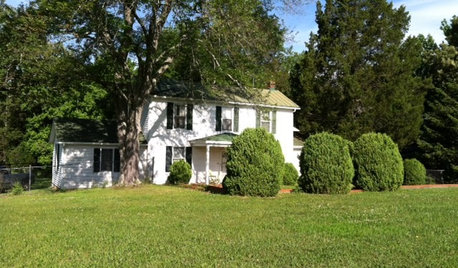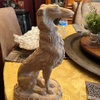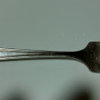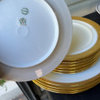Wood harness part?
cpackjr
13 years ago
Related Stories

GREEN BUILDINGSunlight Used Right: Modern Home Designs That Harness Solar Power
Embracing passive heating principles through their architecture, siting and more, these homes save energy without skimping on warmth
Full Story
TRANSITIONAL HOMESHouzz Tour: Part Traditional, Part Modern and All Family Friendly
With clean lines, vintage touches and durable surfaces everywhere, this Los Angeles home balances tastes and needs beautifully
Full Story
HOME TECHHarness the Cloud: 8 Ways to Automate Your Housekeeping
Make life easier by scheduling regular deliveries, managing appliances, simplifying meal planning and more via the web
Full Story
HOUZZ TOURSHouzz Tour: A Melbourne Gem Harnesses Feng Shui
Stylishly dressed down and with a soothing palette, this suburban Australian home has energy in all the right places
Full Story
DOORSKnow Your House: Interior Door Parts and Styles
Learn all the possibilities for your doors, and you may never default to the standard six-panel again
Full Story
KITCHEN DESIGNAlternatives to Granite Countertops, Part II
Still looking for a new kind of countertop? Try sodalite, zinc, limestone, onyx and more
Full Story
HOME INNOVATIONSHouzz Tour: Meet a Home Made With Minivan Parts
Sawn-off car roofs for the siding, windows popped out of van doors ... this California home is as resourceful as it is beautiful
Full Story
REMODELING GUIDESEnergy-Efficient Windows: Understand the Parts
You can save money and energy with today's windows — but first you need to know all the window parts and types
Full Story
CONTEMPORARY HOMESHouzz Tour: Native Trees Are Part of This Home’s Design
A coastal New Zealand house is built to blend into a surrounding forest of pohutukawa trees
Full Story
LIFETime Travel to Houzzers' Childhood Homes, Part 3
See postwar homes built by family members, rural farmsteads, cold-water flats and much more
Full StoryMore Discussions












lazy_gardens
cpackjrOriginal Author
Related Professionals
Skokie Furniture & Accessories · Atlantic Beach Furniture & Accessories · Wellesley Furniture & Accessories · Fountain Hills Interior Designers & Decorators · Whitman Interior Designers & Decorators · Hammond Painters · SeaTac Painters · Des Moines Furniture & Accessories · Tucson Furniture & Accessories · Wellesley Furniture & Accessories · Broomall Professional Organizers · Indianapolis Professional Organizers · Miami Professional Organizers · Miami Professional Organizers · Moreno Valley Professional Organizersjemdandy
lazypup
cpackjrOriginal Author
lazypup